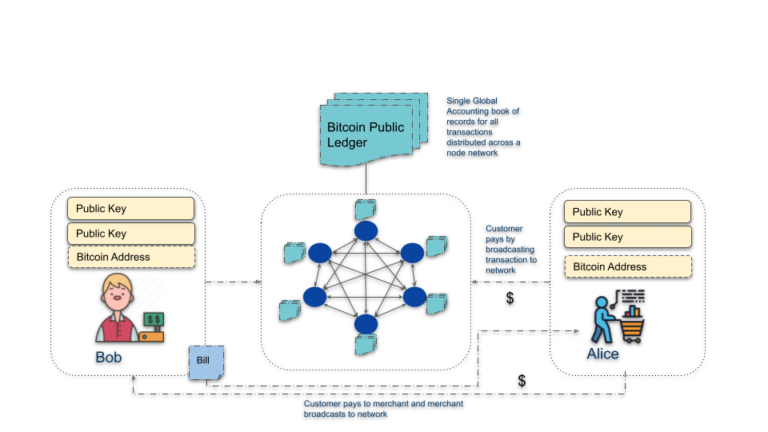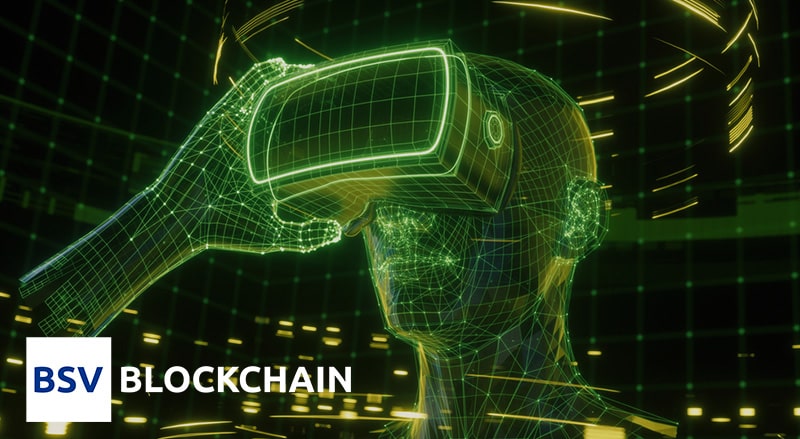If a developer wants to enter the foray of the Metaverse then at this stage of the game, they have their work cut out for them.
It is critically important that developers are sure that they are setting off on the right trajectory so as not to find themselves completely off the mark in a few years concerning how the space moved on and two or more years of technical debt.
Without Bitcoin, the Metaverse you build on will crumble
Getting straight to the point, what a Metaverse developer needs to understand is that, as Bitcoin is the missing piece of the puzzle that allows the whole thing to come to life, developers will essentially have to be a Bitcoin developer on top of whatever type of application they are building.
Sure, there may be a team of developers where some have more front-end experience, some specialise in the internal business logic and architecture and some on the server or data management side, but fundamentally they all should have an awareness of how Bitcoin works, and all should be part of a cohesive framework for managing bitcoin transactions under a hybrid of event-driven and microservices architecture.
Metaverse developers will have to solve many unique problems as they bootstrap the ecosystem, but at the same time, will also encounter many issues that other people may have already solved or are in the process of solving.
Working blockchain and LiteClient for cost and operational efficiency
In most cases, a developer ought to consider their application as a series of protocols or routines for interacting with the chain through the UTXO model, as well as managing their working blockchain which may either summarise or wholly represent their business activity.
Shifting into the paradigm of developing with a working blockchain rather than a fully synchronised node client is critical for developing scalable and efficient systems.
There is no need to fetishise writing data to the chain just for the sake of it, but rather, a developer should consider what advantages can be obtained from doing so and make an economic decision based on a cost-benefit analysis.
Many early applications that interact with the BSV blockchain have found that when they relied on running a fully synchronised version of the node client to manage their read and write functions, keeping up to date required a serious piece of computer machinery to simply hold the growing blockchain of which more than 99% of it is irrelevant to their business activity.
In light of this, developers should leverage the prune-ability of Merkle trees and the SPV paradigm to only store transactions they are interested in and their Merkle paths, which are then securely anchored to the main chain via the Merkle roots and the chain of block headers. This framework will drastically reduce overhead on the hardware side of things.
The recent release of the LiteClient gives developers most of the resources to generate SPV transactions with direct payment protocols which relay standardised Merkle proofs, though they will still need to create their custom implementations for their working blockchain depending upon their use case.

Building web 2.0 applications
Metaverse developers need to get away from the idea of the accounts-based model of setting up web 2.0 applications. The ideal architecture for a Metaverse application would be a deterministic set of API-driven pipelines whereby a user, who is identified only by their public-private key pair, can push their data through a specific set of functions which will lead to a unique state change for that key pair in the local delivery of the application.
This may mean entirely new ways of managing a hierarchy of identities for a user.
To seamlessly navigate the Metaverse, Alice may have one master key pair which delegates a range of subordinate key pairs, where each of which is used in a specific range of services.
Alice Brown may have her master identity associated with her passport and government documentation, a subordinate key pair that masks these important documents yet allows her to participate as ‘Alice B’ on various social media platforms, and another identity of ‘AB’ which she uses for more privacy or ‘throwaway’ services.

In the future, this key management may even be integrated into the operating system of the device like switching between users on a computer. It may be that this identity management is tightly coupled with the device hardware to achieve an extremely high degree of digital security and applications are granted permissions from the different ‘users’ for generating transactions as those identities.
Bitcoin plus IPv6 are a match made in heaven
To realise the full peer-to-peer (IP2IP) functionality of the Bitcoin paradigm, developers should familiarise themselves with IPv6 and think about how their applications could be structured to reap the advantages of generating a new IP address for each session. This may be to ensure maximum privacy as users pipe their data through the API framework as bitcoin transactions or to create different payment schemes for routing transactions through the network depending upon their priority.
By using a fresh IP address for each session as you pipe user data through deterministic API routines, these microservices can levy micro or nano-payments which can allow the application to achieve a profitable route to upscaling their userbase without having to pursue the traditional avenues of raising capital.
This model can ensure that originators of ideas can benefit from their products and retain more oversight into how they expand their user base without having to rely on advertising-based models.
Build beyond Big Tech’s walled gardens
With the business models for Meta’s Metaverse going to take upwards of 30% of the payment received for metaverse purchases, being able to capture value at a much more granular level will be much more satisfying for both users and developers.
The Metaverse should be a rich ecosystem of innovation and value-adding rather than a walled garden for advertising cartels and big data to squeeze as much as possible from the customers who will be generating most of the content in the world.
Your introduction to the Metaverse – eBook
Getting a firm grasp of the past, present and future potential of the Metaverse provides an opportunity for developers, entrepreneurs and businesses to become early adopters.
Download our eBook ‘Your introduction to the Metaverse’ to learn about the opportunities of the:
- The potential of an immersive world for big tech, multimedia software, gaming, art, entertainment, communications, advertising and (insert your industry + vertical)
- What enterprise leaders should know and do about the Metaverse
- What government officials should know and do about the Metaverse?
- What developers should know and do about the Metaverse
